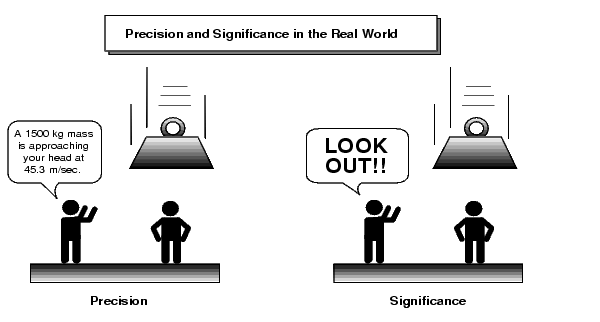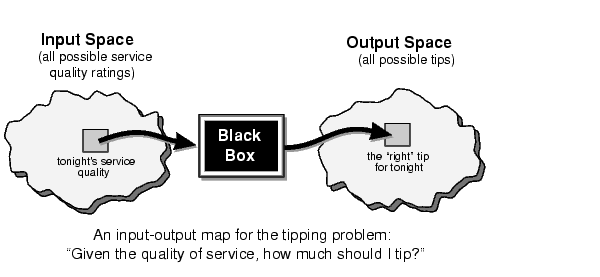

| Fuzzy Logic Toolbox |   |
What Is Fuzzy Logic?
Fuzzy logic is all about the relative importance of precision: How important is it to be exactly right when a rough answer will do? All books on fuzzy logic begin with a few good quotes on this very topic, and this is no exception. Here is what some clever people have said in the past.
Sometimes the more measurable drives out the most important.
Vagueness is no more to be done away with in the world of logic than friction in mechanics.
I believe that nothing is unconditionally true, and hence I am opposed to every statement of positive truth and every man who makes it.
So far as the laws of mathematics refer to reality, they are not certain. And so far as they are certain, they do not refer to reality.
As complexity rises, precise statements lose meaning and meaningful statements lose precision.
Some pearls of folk wisdom also echo these thoughts.
Don't lose sight of the forest for the trees.
Don't be penny wise and pound foolish.
The Fuzzy Logic Toolbox for use with MATLAB is a tool for solving problems with fuzzy logic. Fuzzy logic is a fascinating area of research because it does a good job of trading off between significance and precision -- something that humans have been managing for a very long time.
Fuzzy logic sometimes appears exotic or intimidating to those unfamiliar with it, but once you become acquainted with it, it seems almost surprising that no one attempted it sooner. In this sense fuzzy logic is both old and new because, although the modern and methodical science of fuzzy logic is still young, the concepts of fuzzy logic reach right down to our bones.

Fuzzy logic is a convenient way to map an input space to an output space. This is the starting point for everything else, and the great emphasis here is on the word "convenient."
What do I mean by mapping input space to output space? Here are a few examples: You tell me how good your service was at a restaurant, and I'll tell you what the tip should be. You tell me how hot you want the water, and I'll adjust the faucet valve to the right setting. You tell me how far away the subject of your photograph is, and I'll focus the lens for you. You tell me how fast the car is going and how hard the motor is working, and I'll shift the gears for you.
A graphical example of an input-output map is shown below.

It's all just a matter of mapping inputs to the appropriate outputs. Between the input and the output we'll put a black box that does the work. What could go in the black box? Any number of things: fuzzy systems, linear systems, expert systems, neural networks, differential equations, interpolated multidimensional lookup tables, or even a spiritual advisor, just to name a few of the possible options. Clearly the list could go on and on.
Of the dozens of ways to make the black box work, it turns out that fuzzy is often the very best way. Why should that be? As Lotfi Zadeh, who is considered to be the father of fuzzy logic, once remarked: "In almost every case you can build the same product without fuzzy logic, but fuzzy is faster and cheaper."
 | Typographical Conventions | Why Use Fuzzy Logic? |  |